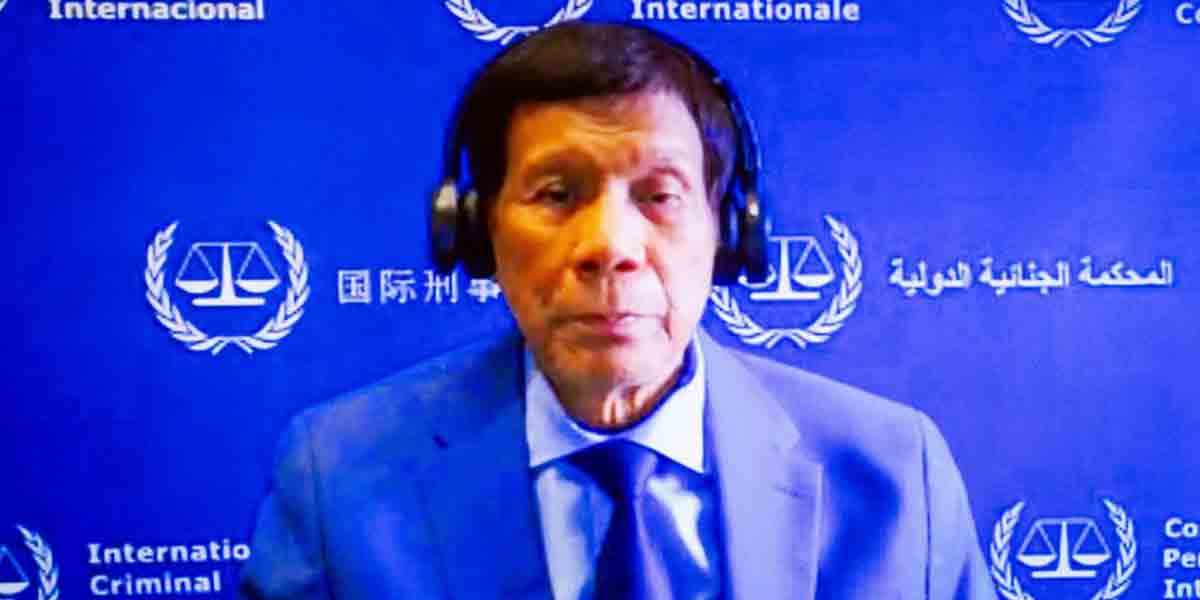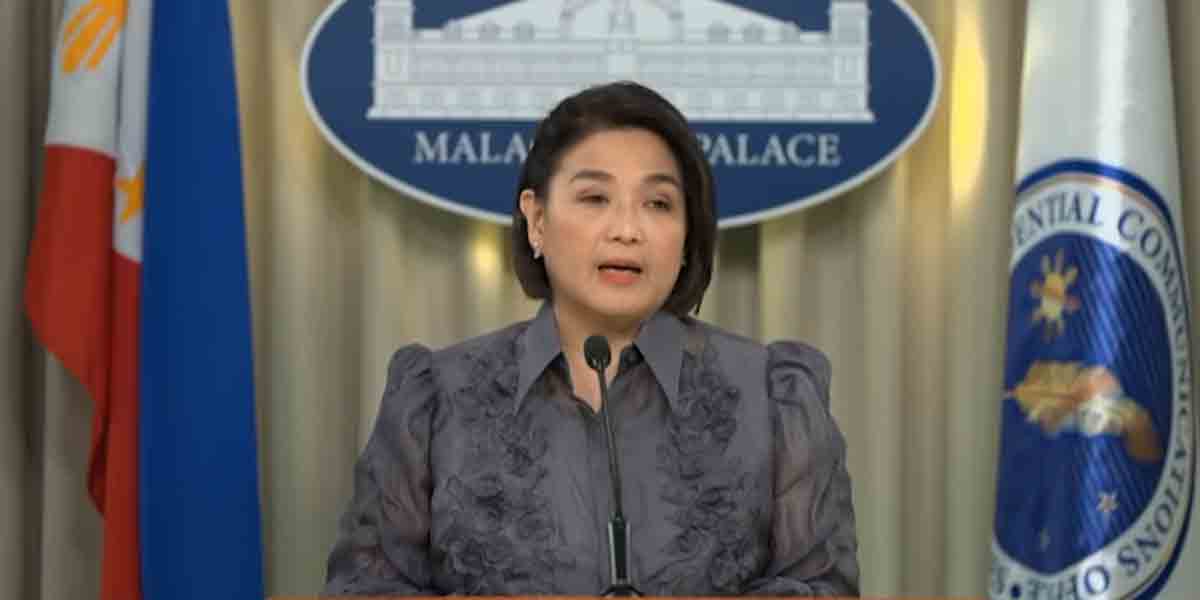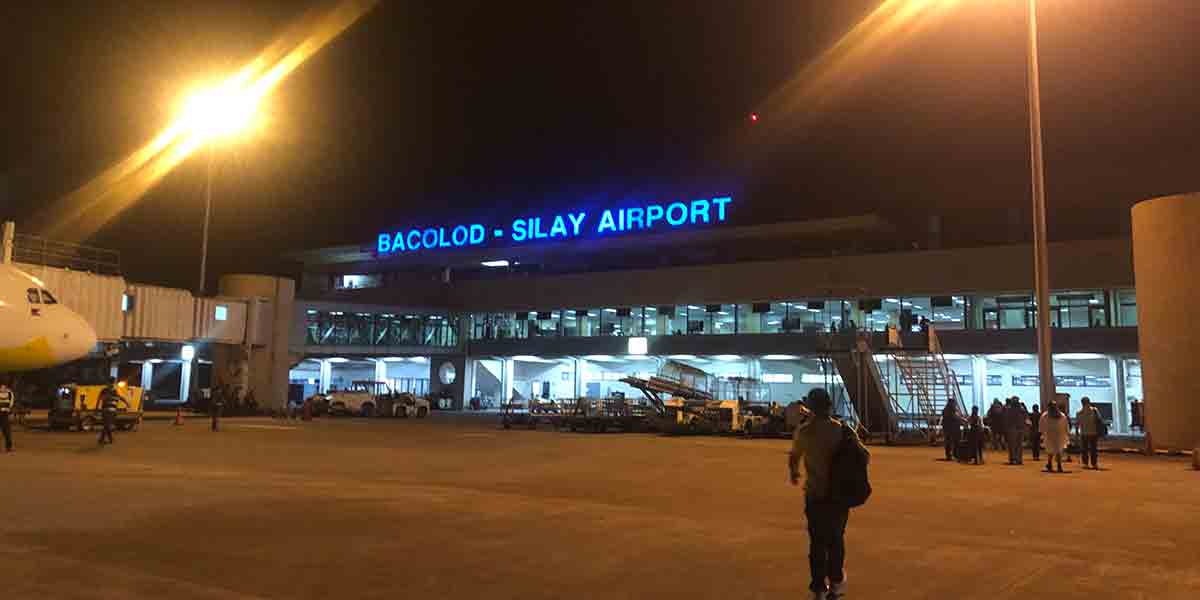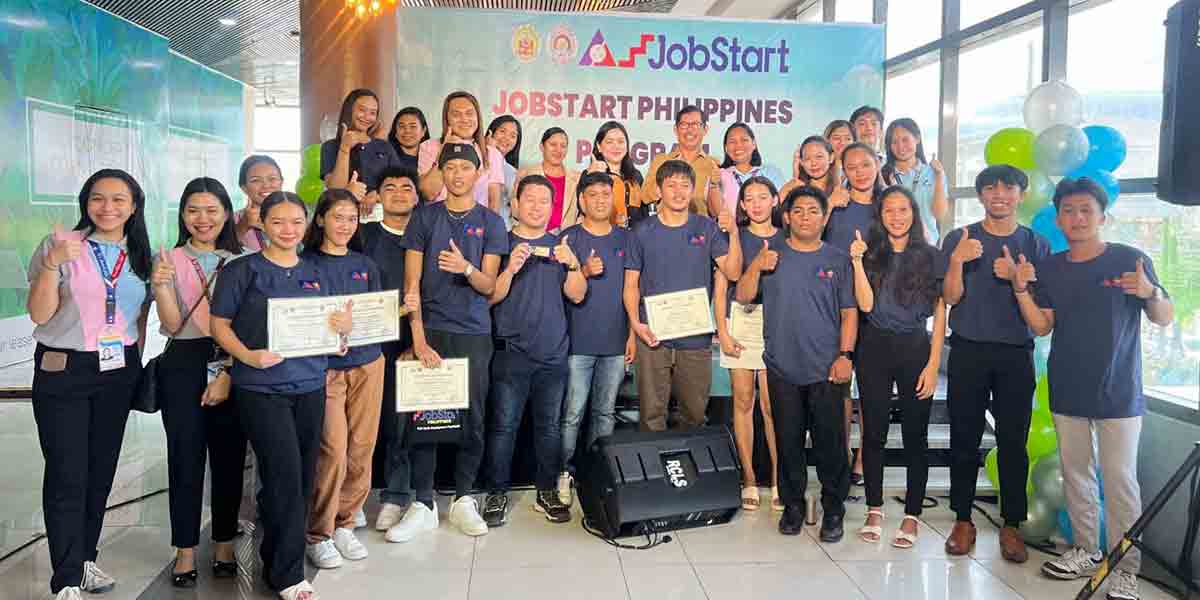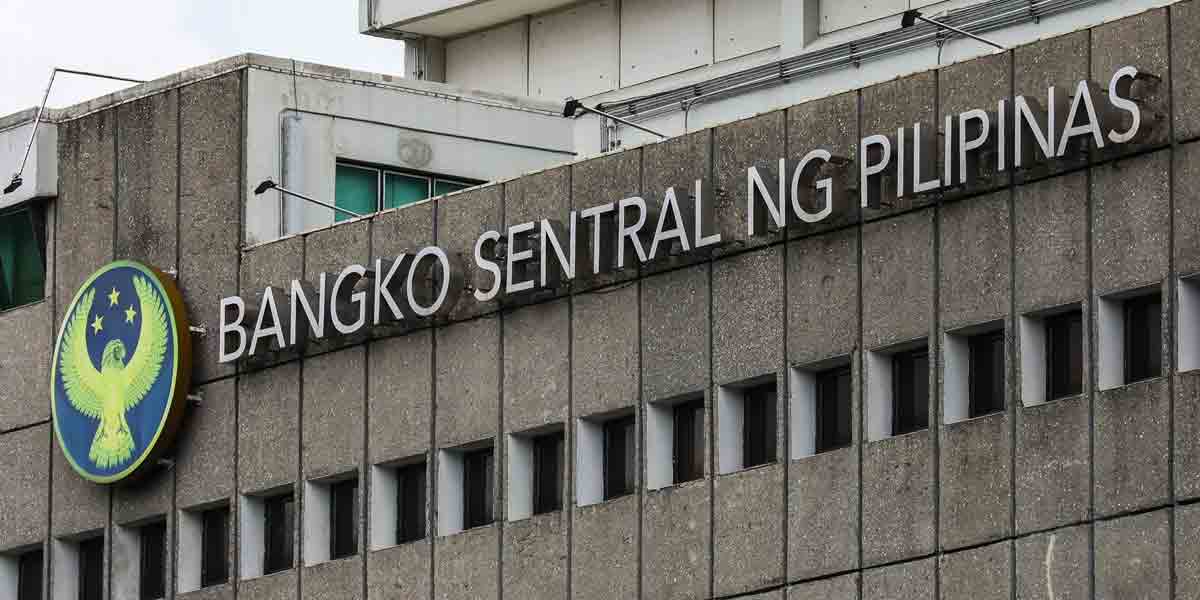The Bangko Sentral ng Pilipinas’s (BSP) pre-pandemic initiatives to set the groundwork for interoperable payment systems have proven critical in expanding digital payments adoption during the COVID-19 health crisis.
“Even before the pandemic, the BSP was able to lay out the critical foundations to an interoperable National Retail Payment System (NRPS) that allowed payment service providers to innovate and offer responsive digital payment products and services,” BSP Governor Benjamin E. Diokno said during the MUFG Virtual Economic Briefing held recently.
‘These helped ease the burden of Filipinos given the social mobility restrictions brought about by the health protocols,” according to Governor Diokno.
Launched in 2015, the NRPS is a policy and regulatory framework that aims to set up a safe, efficient, reliable, and interoperable retail payment system. It envisions every Filipino to have easy access to financial services and have accounts to make payments and receive or transfer funds to other accounts anytime, anywhere, at a reasonable price, from any digital device.
A key initiative under NRPS was the rollout of automated clearinghouses, lnstaPay and PESONet, which allows fund transfers among account holders from different banks.
One goal set out in NRPS was to increase the adoption of electronic retail payments from 1% of total payments in 2013 to 20% by 2020.
“We have achieved our target of reaching 20 percent of digital payments volume in 2020 – one of the silver linings of this pandemic, if I may say,” added Governor Diokno.
The acceleration in digital payments was driven by personto-merchant payments and person-to-person payments, including electronic fund transfers.
During his presentation, the Governor shared positive economic developments that suggest recovery is on sight. “We forecast that the economy will grow by 7.0-9.0 percent in 2022 and 6.0-7.0 percent in 2023 and 2024 on the basis of the accelerated vaccine rollout, continued implementation of its bold infrastructure program, the effective implementation of recent reforms, and the enactment of proposed structural reforms,” he added.

